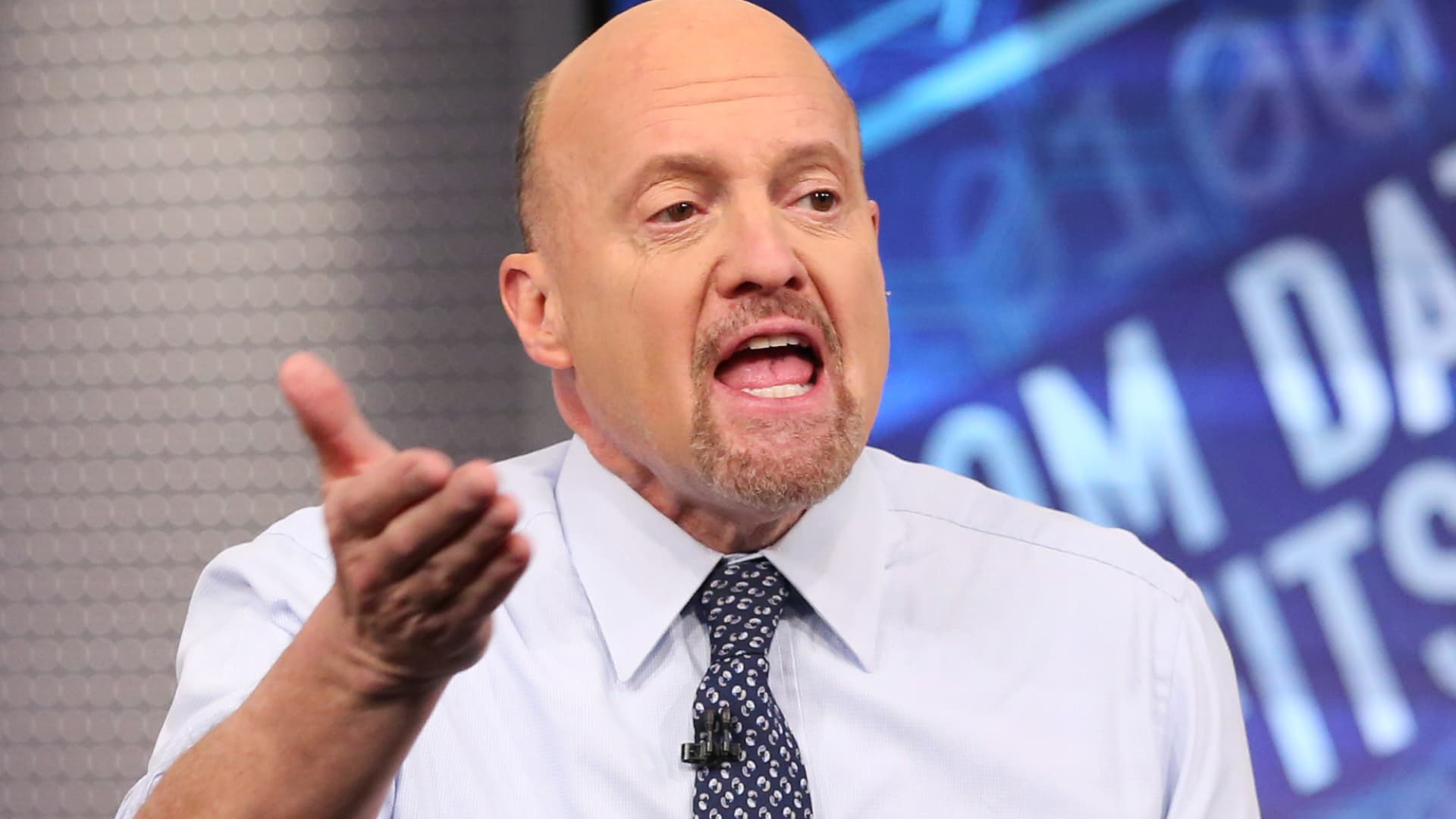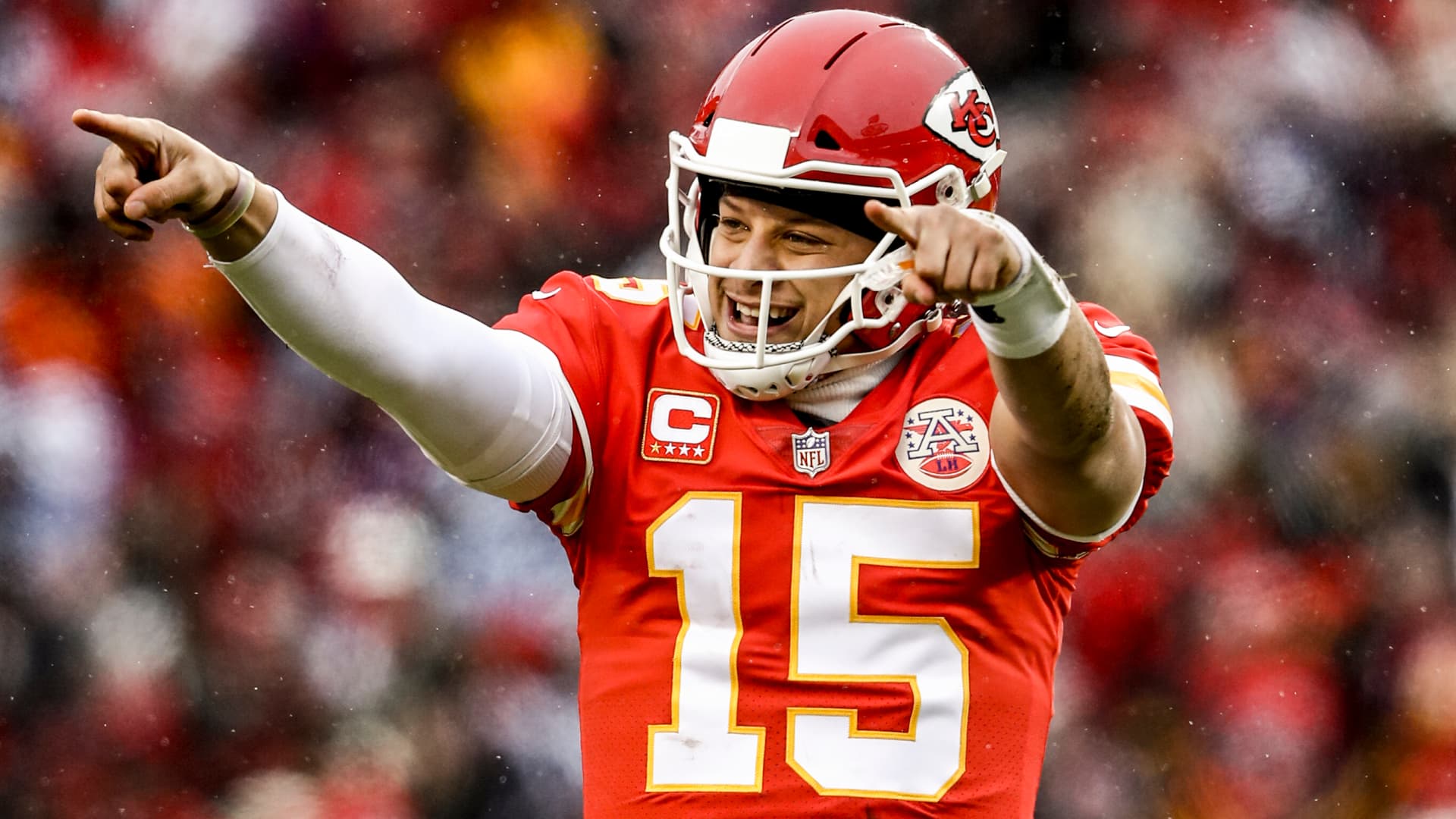How HBO used video game fandom to market ‘The Last of Us’
HBO built hype for the video game adaptation via years of ‘breadcrumb content.’

HBO began teasing its new series “The Last of Us” two years before its premiere on Jan. 15, taking a slow-burn approach to feeding content to fans of the video game by the same title, over time.
That strategy appears to have paid off already—Sunday’s premiere drew an audience of 4.7 million across linear and streaming, according to HBO, making it the second-largest debut since the network began making its content available digitally. That number grew to 10 million in two days.
One key to the show’s record performance was listening and responding to the IP’s existing fandom, said Emily Giannusa, VP of marketing at HBO. Prior to HBO’s show, an immense community had already flocked to the harrowing story of a rebel group’s fight for survival against an oppressive regime and zombie-esque outbreak, originally released as a Playstation-exclusive game in 2013. It sold 3.4 million units within three weeks and spawned a sequel, “The Last of Us Part II,” in 2020, plus a remaster of the original in September 2022.
HBO’s marketing team continued to drop teasers for the show over the following year, including another image shared in partnership with Playstation for its Summer Game Fest event and the first trailer during “The Last of Us” Day 2022, which gained over 57 million organic views in its first 72 hours (the most-watched promo in the network’s history, according to HBO).
“We called it breadcrumb content,” said Giannusa, who defined the term as slowly giving “the fans little pieces of breadcrumbs to show that we're going to stay faithful to the source material, but with the premium quality of HBO.”
They added that “you don't have to start right out the gate with everything … especially for video games—and I think this is just my mantra in general—you have to always be listening to the data and the audiences and the insights. We were really fortunate to start a year out and be able to map content and experiences to specific audiences, and make sure it spoke to them to make sure this thing lands.”
For example, when initially planning the “The Last of Us” campaign, Giannusa expected to have to launch explainer posts, letters of endorsement from the game’s creators and side-by-side images of the show and game to prove its fidelity. But those elements were called off when they saw the fandom rallying around content and shepherding new fans into the community.
“We just let the fans do their thing and saw that behavior—we don't really need to create all this game-to-screen content, because the fans are doing it for us,” said Giannusa. “Let's continue to fuel the content sphere with things like [“HBO’s The Last of Us”] podcast that will speak to them and get them talking about subsequent episodes.”
IRL immersion
From those initial teasers, Giannusa said it was game-on for expanding the campaign and reaching audiences beyond the core video game fandom. The show launched its social accounts to cross-campaign with HBO’s core accounts, alongside digital-forward marketing, such as ad placements on Twitch and integrations into “Call of Duty” and the Playstation interface.
But most importantly, HBO took to key fandom events and platforms to activate immersive experiences to bring the video game further to life. At Brazil’s Comic Con, HBO devoted a large portion of its 5,800 square foot space to recreating another iconic locale from “The Last of Us”—an overgrown Boston Museum featuring a first look at one of the franchise’s fiercest beasts: Clickers. The monstrous humanoids sprouting vegetation-like growths became a common thread between experiences as fans craved their chance to take photos with them.
However, Giannusa said the experience had another important function: Many of the convention’s attendees weren’t familiar with “The Last of Us” and HBO designed the space, decked out with all manner of curiosities and Easter eggs, to drum up curiosity and send them searching for social accounts and online resources. The event got lead actor Pedro Pascal trending on Brazilian Twitter and “#TLOUnaCCXP” trending globally.
The activation inspired spinoffs for the Los Angeles premiere event, in London from broadcaster Sky U.K. and in New York. At Manhattan’s Angelika Film Center, HBO took immersion a step further. Taking over the entire theater for a series of special early screenings, the show was made a reality through interactive actors sending attendees on various missions, like identifying quarantine zones on a map or decoding radio broadcasts, to join the show’s rebel Firefly group.
In collaboration with agency Giant Spoon, the space was transformed with rubble, spray paint and shelves of survivalist gear. To customize the event for a New York City audience, the team recreated items from 2003—the year the show begins—such as old copies of the Village Voice, brochures for the PATH train expansion originally planned for 2004, as well as a mixture of tattered posters for era films, including “Matrix Revolutions” and “Lost in Translation,” plus some fabricated ones seen in the video game, including “Dawn of the Wolf.”
The sold-out event was attended by 1,500 people over seven screenings.
For fans unable to attend in-person events, “The Last of Us” also went virtual, with an augmented reality Snapchat lens that transformed landmarks including L.A.’s Chinese Theater and Norway’s the Stortinget into post-apocalyptic scenes, as well as a branded effect on TikTok that places franchise imagery and fungal overgrowth into users’ environments.
“It's a beautiful thing to see the communities of the video game and the show come together and I'm excited to see that take shape throughout the season,” said Giannusa, teasing more surprises to come as the show progresses.
TV loves gaming
Video games have become a growing source of interest for streamers and film studios. In addition to recent successes like the “Sonic the Hedgehog” films from Paramount Pictures or upcoming swings including Universal’s “The Super Mario Bros. Movie” (which is also becoming a fixture of NBCUniversal’s theme parks), media companies are exploring ways to boost consumer loyalty through digital IP extensions.
Companies like AMC Networks have a robust slate of games, including developing metaverse extensions of hit franchises “The Walking Dead” and “Interview with the Vampire.” At a recent investor conference, Netflix co-CEO Ted Sarandos also enthused about the streamer’s potential in gaming.
“I think in 10 years from today, consumers are going to spend a lot of time and money watching movies, watching TV shows and playing games,” said Sarandos, explaining the cross-compatibility potential of games-turned-shows and vice versa. “I think it will be important for the next decade to be part of that entertainment package and can we better monetize gaming through this subscription model the way that we did for TV and film.”

 UsenB
UsenB 































